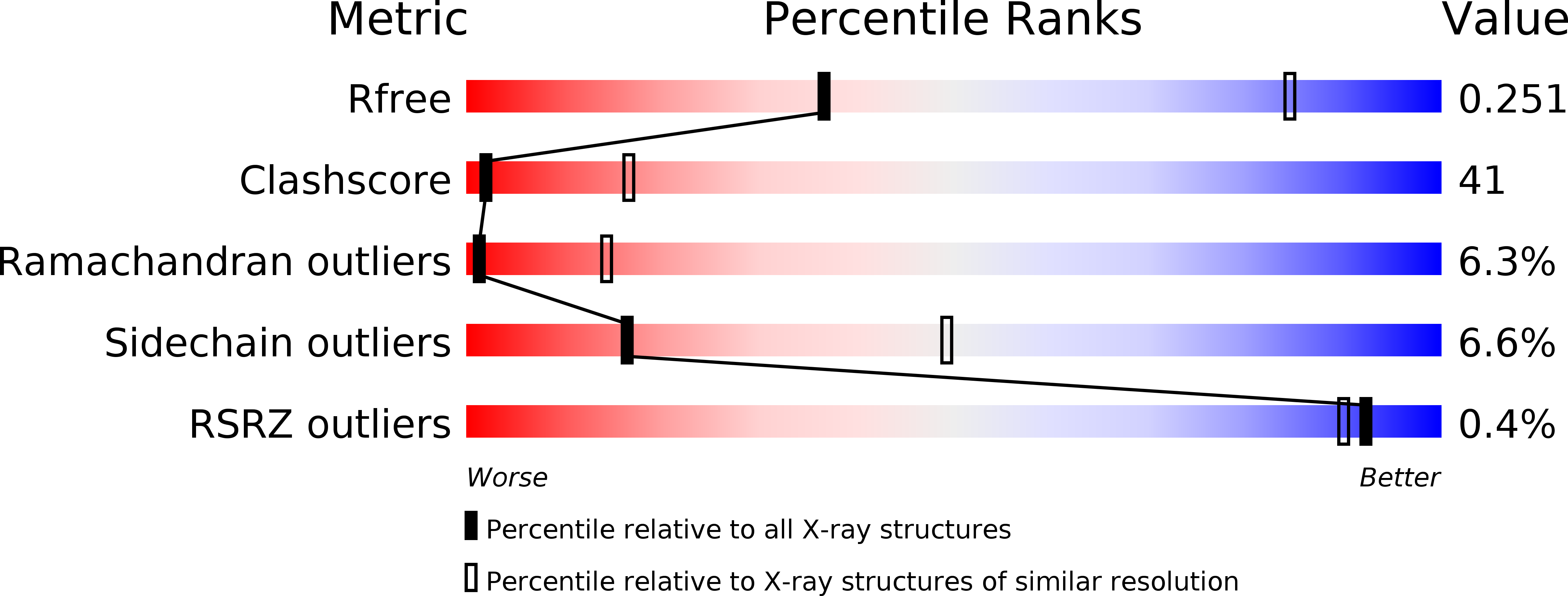
Deposition Date
2005-03-30
Release Date
2005-04-19
Last Version Date
2024-11-13
Entry Detail
PDB ID:
1Z8L
Keywords:
Title:
Crystal structure of prostate-specific membrane antigen, a tumor marker and peptidase
Biological Source:
Source Organism:
Homo sapiens (Taxon ID: 9606)
Method Details:
Experimental Method:
Resolution:
3.50 Å
R-Value Free:
0.28
R-Value Work:
0.25
Space Group:
P 1 21 1


